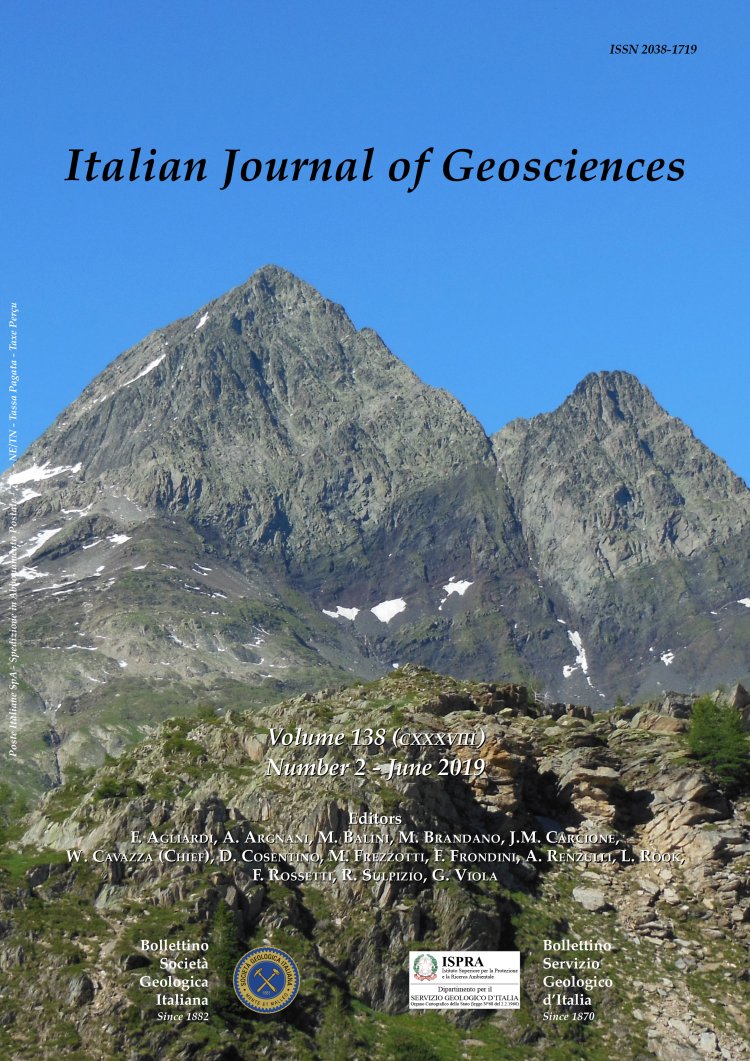
In search of the Burdigalian GSSP: new evidence from the Contessa Section (Italy)
Alessio Fabbrini (1), Niccolò Baldassini (2), Chiara Caricchi (3), Luca Maria Foresi (1) (4), Leonardo Sagnotti (3), Jaume Dinarès-Turell (3), Agata Di Stefano (2), Fabrizio Lirer (5), Marco Menichetti (6), Aldo Winkler (3) & Salvatore Distefano (2)
(1) Dipartimento di Scienze Fisiche della Terra e dell’Ambiente, Università degli studi di Siena, Via Laterina 8, 53100 Siena, Italia.
(2) Dipartimento di Scienze Biologiche, Geologiche e Ambientali, Università di Catania, Corso Italia 55, 95129 Catania.
(3) Istituto Nazionale di Geofisica e Vulcanologia, Via di Vigna Murata, 605, 00143 Roma, Italia.
(4) Istituto di Geoscienze e Georisorse, CNR, Via G. Moruzzi 1, 56124 - Pisa, Italia.
(5) Istituto di Scienze Marine (ISMAR)-CNR - Sede di Napoli, Calata Porta di Massa, Interno Porto di Napoli 80133, Napoli Italy.
(6) Dipartimento di Scienze Pure ed Applicate, Università degli studi di Urbino Carlo Bò, Via Ca’ le Suore 2-4, 61029, Urbino, Italia.
Corresponding author e-mail: fabbrini21@student.unisi.it, tel. +39 0577 233804.
Abstract
Keywords
Get Full Text